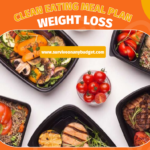We all know that healthy living is important—eating well and staying active can help improve your mental health, decrease stress, increase energy levels, and even lead to weight loss. And while everyone wants to live this way, one obstacle that often gets in the way is grocery shopping.
You might get discouraged when you go to the grocery store. You might feel overwhelmed by all the choices, or confused about what healthy foods are, or maybe you just don’t think of grocery shopping until it’s too late and there is nothing left in your pantry for dinner.
The best way around this is to take care of things ahead of time so that you can be prepared when it comes time to go grocery shopping. It’s good to plan menus in advance and then buy all the ingredients needed for the recipes seven days before they are served. That way, you’ll know exactly what needs buying, how much of it will be needed, and where on the shelf each item is located (less time and money wasted).
If you’re looking for tips on how to make grocery shopping easier, less stressful, and healthier (and cheaper! ), then congratulations! You’re in the right place.
1. Before you go, Make a meal plan:
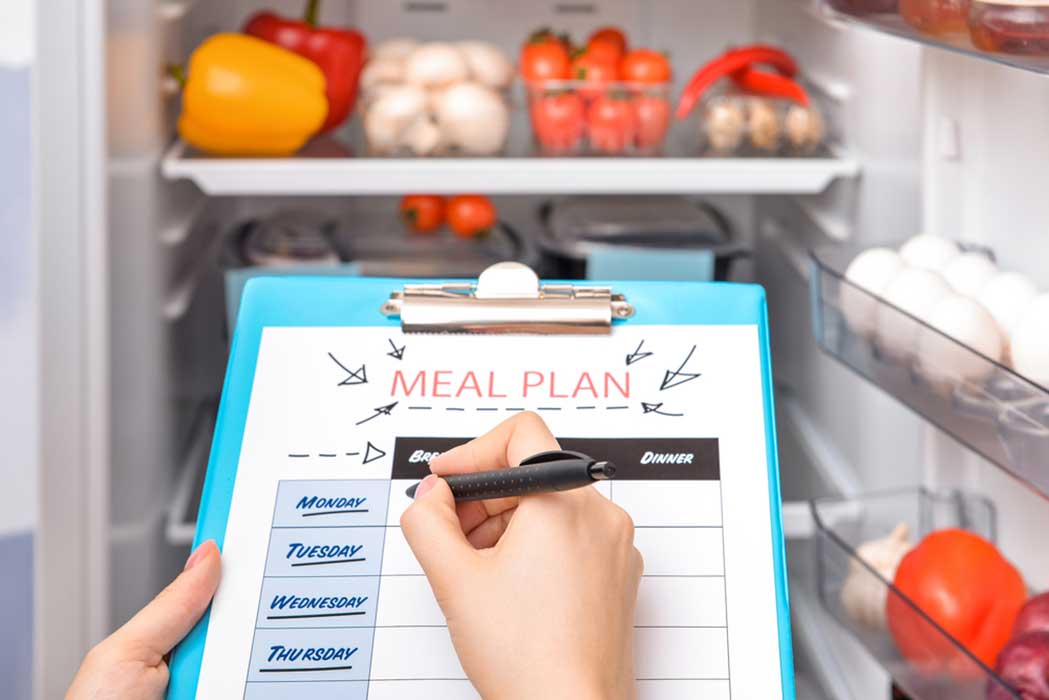
It may seem like a lot of work at first, but Surviveonanybudget meal planning saves you time and money, which is never a bad thing in this day and age. Plus, you’ll be able to buy whatever ingredients you need in one go-round.
A week’s worth of meals can be planned using our app, which includes a shopping list for the week. Take your phone out of your pocket and plan your week’s meals. Keeping yourself accountable in this manner will save you both time and money when it comes to food shopping.
2. When you’re hungry, don’t go shopping:

Some people might argue that hunger is a powerful motivator that makes us more likely to buy what we need. This “wanting” feeling, the idea of “not wanting to go home without things,” can make it difficult for some people not to shop when they are hungry.
In reality, shopping when you are hungry actually leads to impulse buying and overextending your budget. The scarcity mentality could be one reason so many people end up spending money unnecessarily on food.
3. Having a shopping list is quite helpful:
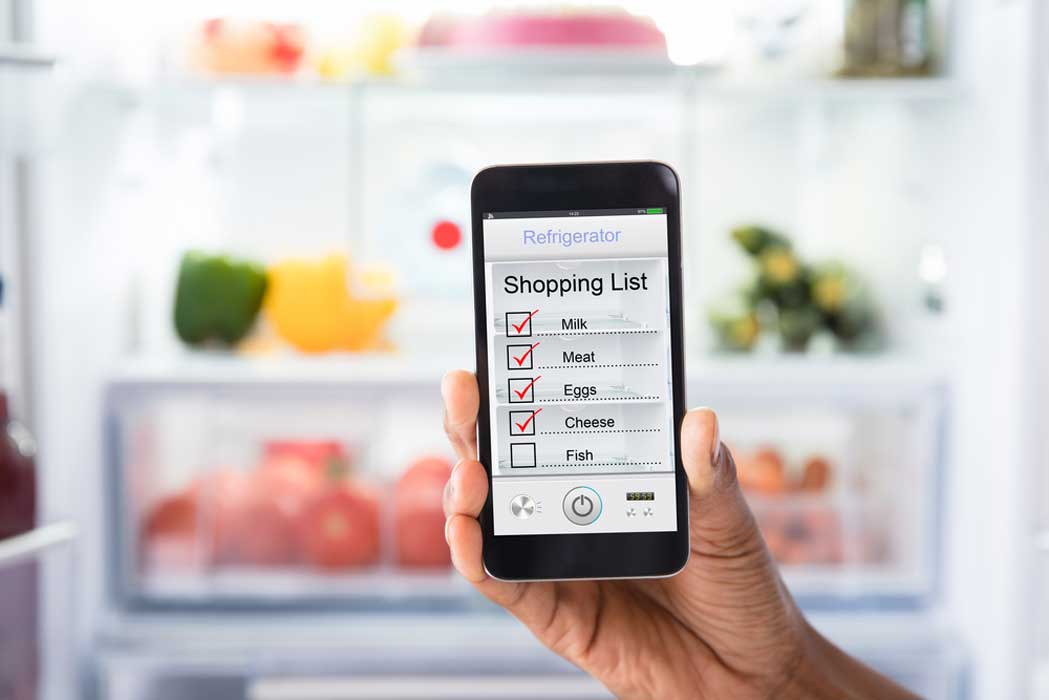
Extras of your most frequently used items are essential. This will make it much easier when you are cooking or putting together a lunch. However, buying extras wastes money and space in your fridge, especially if the item is perishable.
Using our app, you may get a printable version of the healthy grocery list so that you can shop at your preferred supermarket for the exact items and quantities you need.
4. Priorities in the store’s aisles:
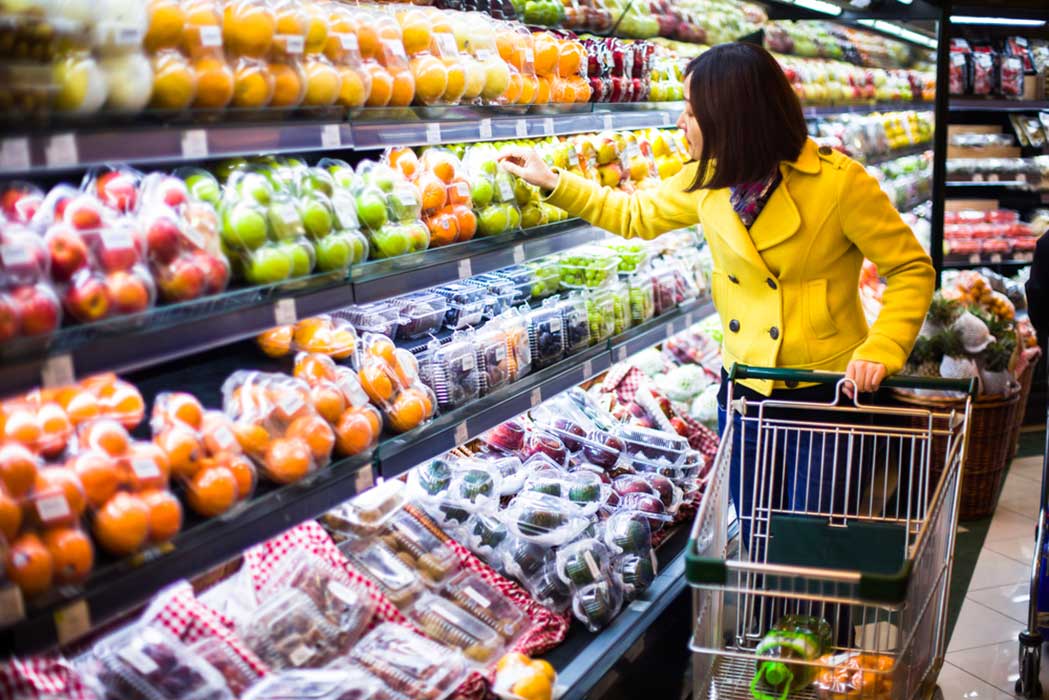
Instead of just jumping from aisle to aisle, check out what the outer aisles have to offer first. The outer aisles of the grocery store are normally where you can find fresh produce, whole grains, dairy products, seafood, and lean meats. The center aisles are where you typically find processed foods like breads, cereals, and canned goods.
5. Shop during the most off-peak times:
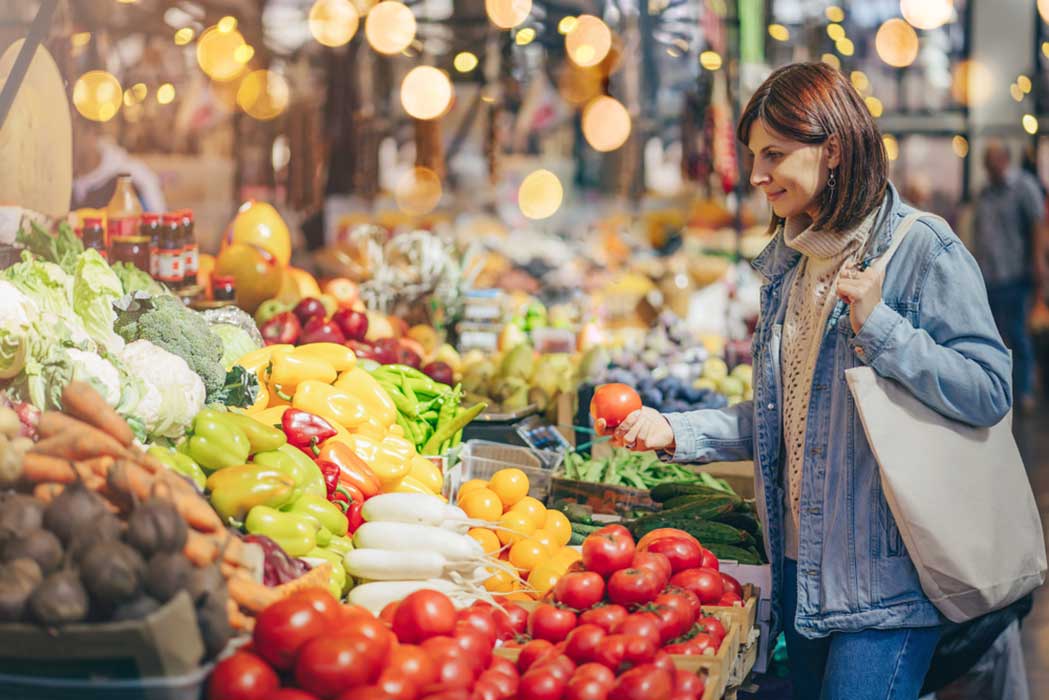
When you shop at the grocery store during the busiest times on weekends, you’ll receive less of what you want and more of what you don’t want. Not only will you encounter long lines, but you’ll also have to wade through a variety of produce that might not be as fresh due to increased demand. Instead, go shopping early in the morning. Try calling your local grocery shop to find out when their produce is delivered so that you can buy the freshest fruits and vegetables.
6. Made with whole food:

Another example is a bag of chips that says “made with whole grain,” but it also contains trans fats. The statement on the label that the food is made with whole grains contradicts the statement on the label. Another thing to keep in mind is that just because something is low in saturated fat doesn’t mean it’s a healthy meal for you.
7. Calories consumed per day:

Compared to similar products, make choices that are close to those with fewer calories. In a supermarket, the print size is often different between products. On a box of Cheerios, the print is six times larger than on a bottle of ketchup. This makes it hard to compare similar items without reading every label carefully.
8. Take a look at the weekly ads:

Fruits and vegetables that are in season will be less expensive and taste better than non-seasonal fruits and vegetables. If the fruit is not in season, make sure to freeze it. The best way to eat healthy while on a budget is by shopping for the foods that are sold at a discounted price.
9. Buying in bulk:

A small price difference refers to a large quantity of food. Some foods are great to buy in bulk, such as pantry staples and other healthy canned varieties. Also, consider buying whole grain products like oats, beans, legumes, and rice in bulk. The initial cost of buying in bulk can be a deterrent, but it is worth it in the long run as the per-unit cost will be much lower.
10. Online Grocery Shopping:
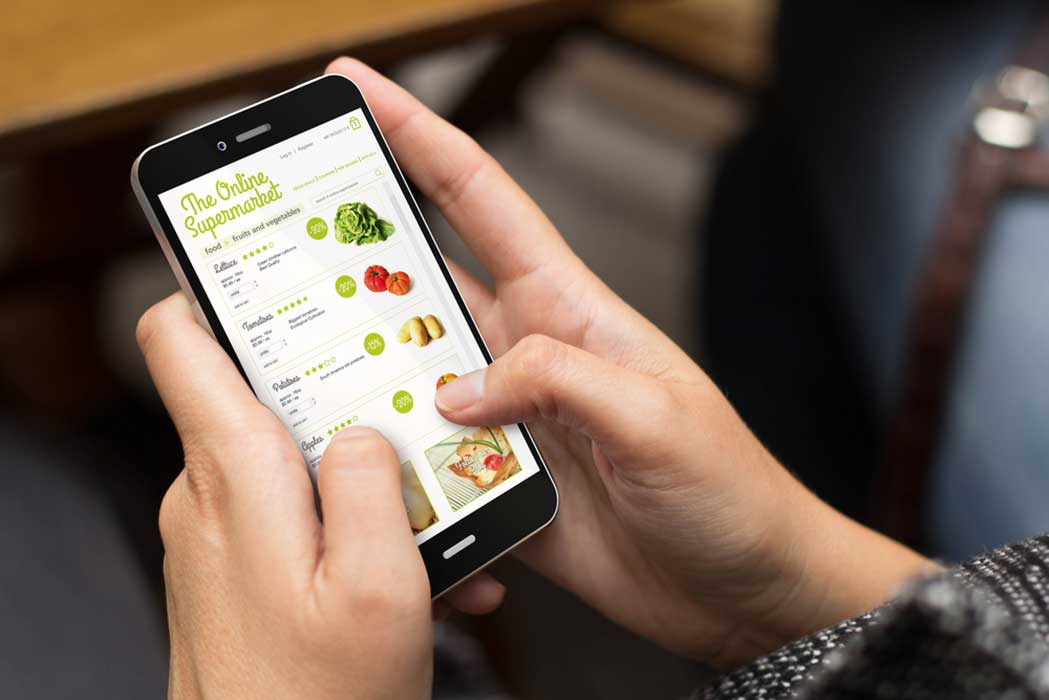
Online grocery shopping is becoming a viable option for those who want to spend less time, effort, and money on their groceries. Major retailers make it easy for consumers to pick out what they need for the week ahead and place it all in one order.
11. The food label:

The Nutrition Facts label can be deceiving. Many items that are considered healthy actually aren’t, and many foods that aren’t thought to be healthy actually are.
One example is fat-free salad dressing. Most people think the less fat a food has, the healthier it is for us, but this is not always true. Fat-free salad dressings usually have higher amounts of sodium than regular dressings.
12. Healthy eating with canned and frozen foods:

Buying frozen or canned fruits and vegetables helps avoid food waste as the fruits and vegetables will be in a preserved state so that they last longer. With this, you can always have fruits and vegetables on hand whether you are at home or at work. Be careful with unhealthy food choices and to learn more about healthy canned food, visit here.
You need to be aware of how much salt they consume from food. The general recommendation for most people is to limit their sodium intake to 2,300 milligrams a day. To avoid consuming too much sodium, look for canned fish, chicken, or lean meat packaged in water rather than oil.
We hope that these steps will assist you in avoiding modern shopping pitfalls and lead to healthier and happier lives.



